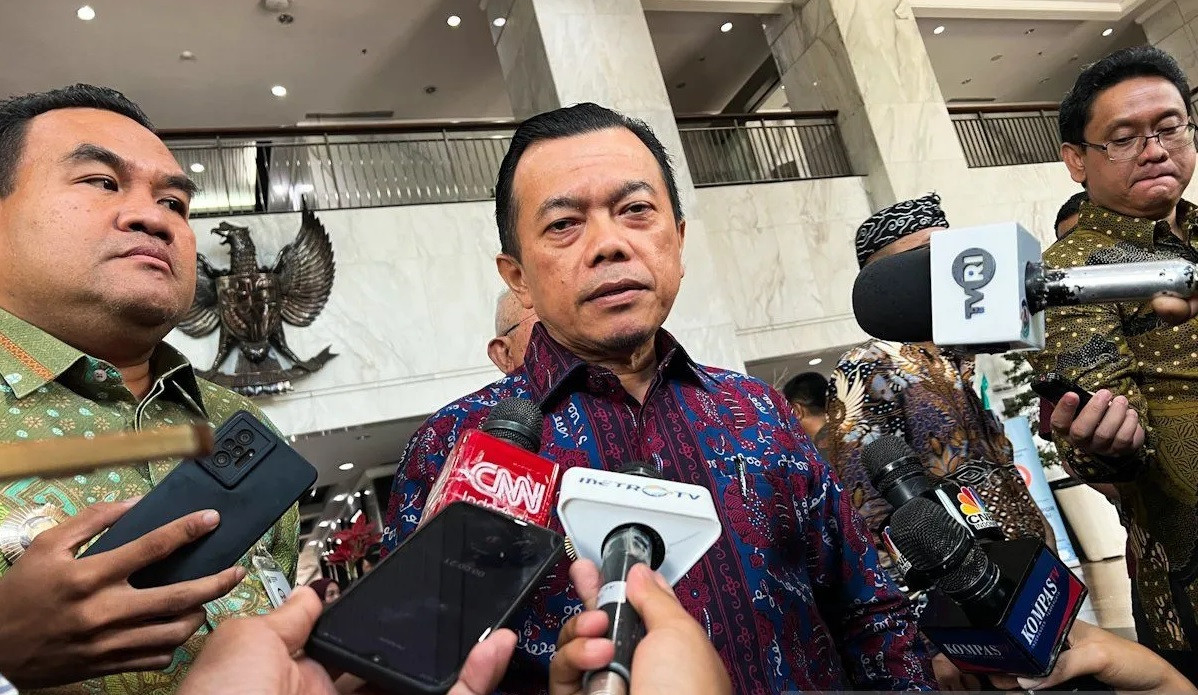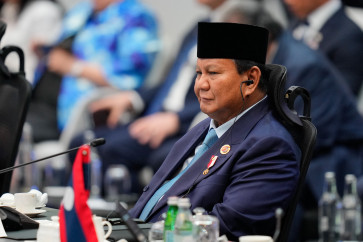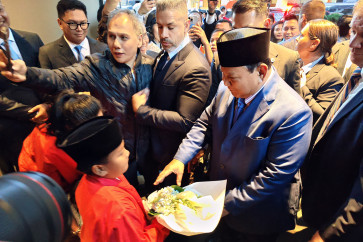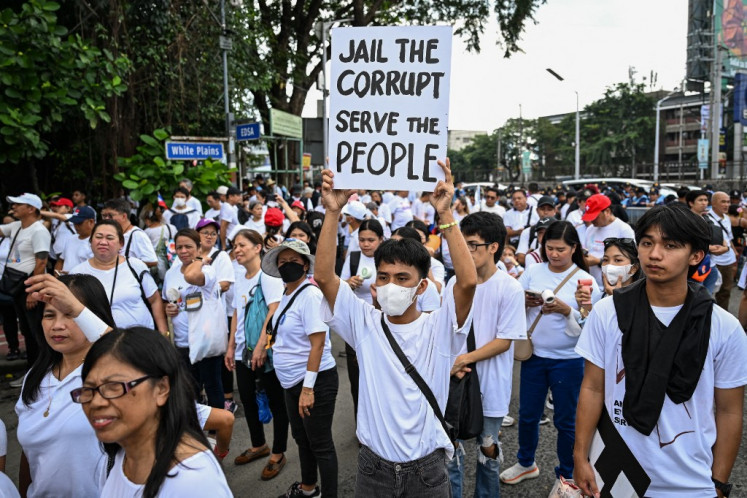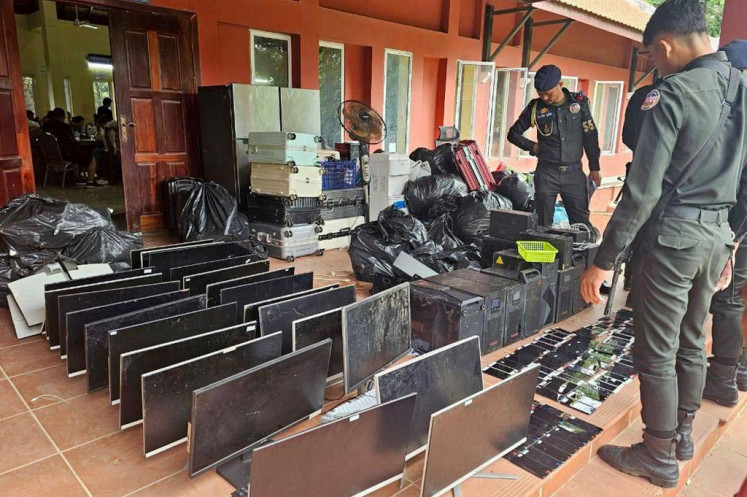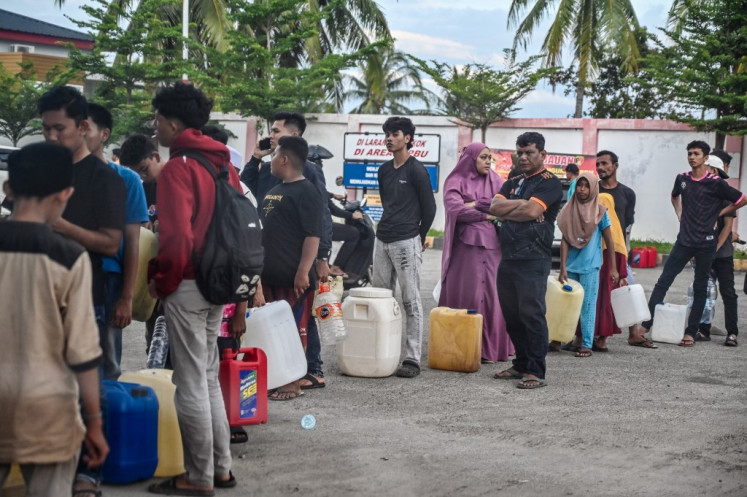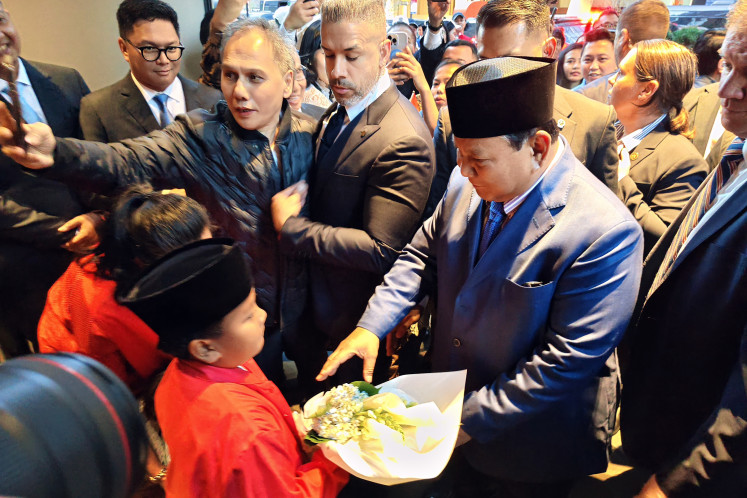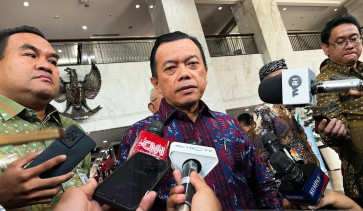Popular Reads
Top Results
Can't find what you're looking for?
View all search resultsPopular Reads
Top Results
Can't find what you're looking for?
View all search resultsLong live the governors, regional voice and resilience
The governors’ challenge to the regional transfer fund cuts reflects a deeper call for participation in shaping the fiscal framework that defines their capacity to govern.
Change text size
Gift Premium Articles
to Anyone
T
he recent meeting between 18 governors and Finance Minister Purbaya Yudhi Sadewa should not be dismissed as a mere fiscal negotiation. It represents something deeper: A rare moment when regional leaders, united across islands and political affiliations, publicly challenged the central government’s plan to slash regional transfers (TKD) and revenue-sharing funds (DBH) for 2026.
At the core of this episode is the tension between fiscal prudence and regional autonomy. The draft budget proposes a substantial reduction in the TKD and DBH allocation, which together constitute the financial backbone of most subnational administrations.
For provinces with limited local revenue bases, these cuts could undermine the sustenance of basic public services and infrastructure. The debate is not merely technical; it strikes at the heart of how Indonesia balances national cohesion with regional self-governance.
Purbaya has recognized the governors’ objections as legitimate, yet he has underscored the need for stronger fiscal discipline at the regional level. His position reflects a dual logic. On one hand, the central government seeks to safeguard fiscal stability and curb leakages in local budgets. On the other, it leaves open the possibility of revising the transfers upward in mid-2026, contingent upon national revenue performance and regional administrations’ demonstrated fiscal management.
This stance illustrates how fiscal governance has become both a technical and a political negotiation, one where performance, trust and macroeconomic context intertwine.
The governors’ coordinated response illustrates what is known as governmental activism, an emerging phenomenon defined as contestatory behavior carried out by government actors, both political officials and bureaucrats, who voice demands, oppose or renegotiate policies they perceive as harmful, not as citizens or civil activists, but as part of the state.
Within this framework, local governmental activism represents a mode of political engagement arising from within the state apparatus. Local administration leaders actively negotiate, articulate and even challenge the central government’s policy directions. In this context, governors are no longer merely extensions of the national government; they assume political positions to protect the continuity and stability of development in their respective regions.

